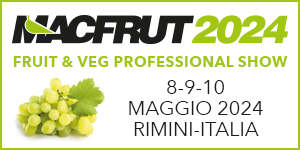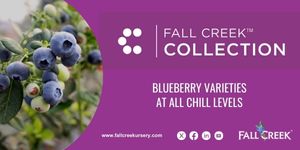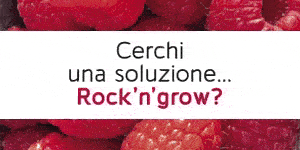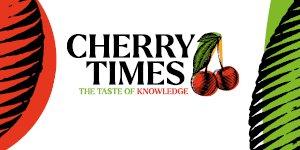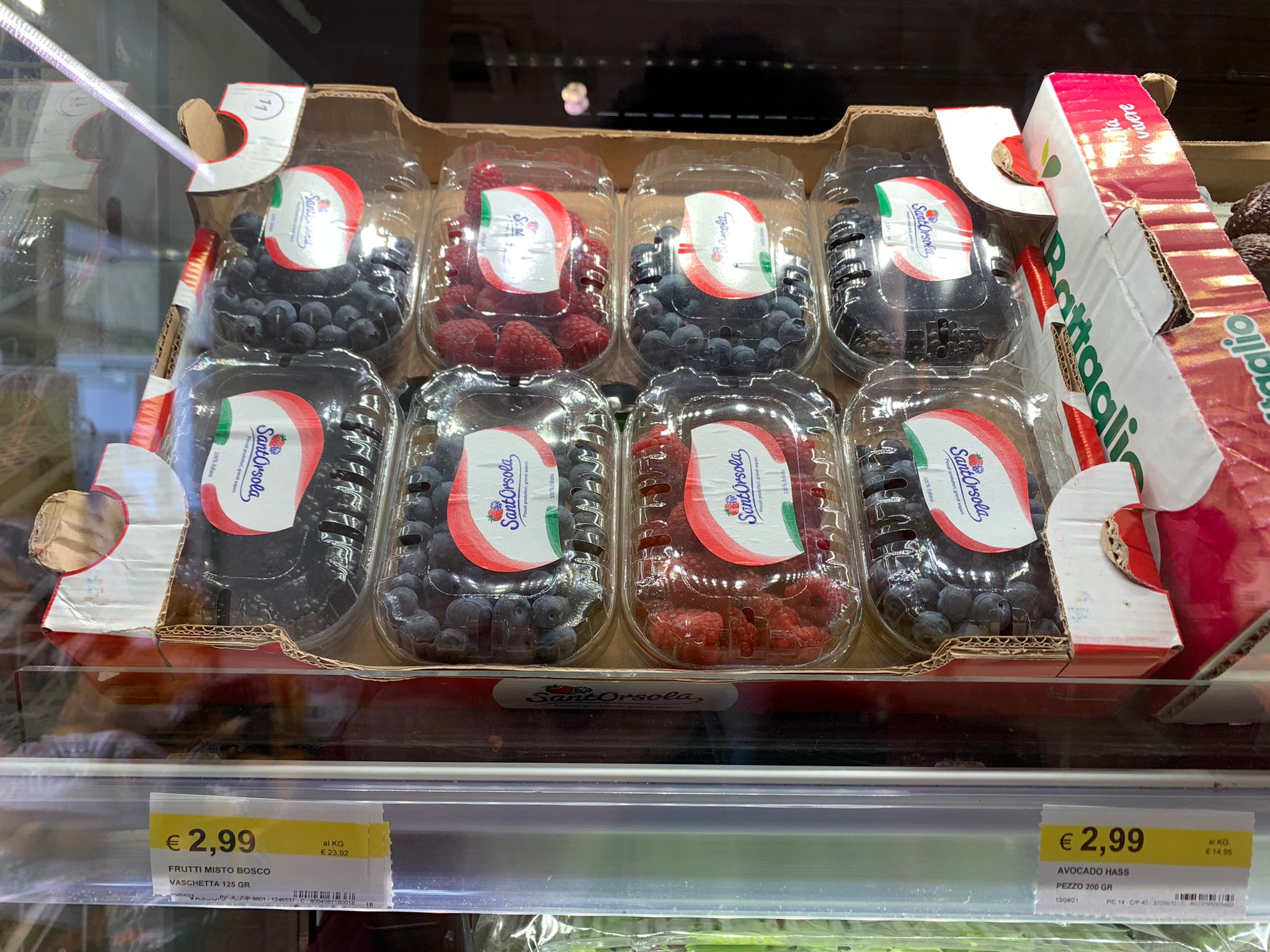What are a deep tech enthusiast, an agronomist, an artificial intelligence engineer and a data scientist doing in the middle of a field of berries? They work to improve the vision of the orchard, developing innovative high-impact tools using new machine vision technologies.
Fiona Parker (photo) founded Bitwise Agronomy, a Tasmanian-born start-up that focuses on using artificial intelligence to help fruit growers make good decisions.
How did Bitwise Agronomy come about?
From our direct experience as winegrowers in Jinglers Creek Vineyard we know that running a farm poses several challenges: production can be spread over large areas and have a variable and complex structure, field operations are expensive and often inefficient, farm management often lacks comprehensive and in-depth information: all this leads to unpredictability and therefore costs and potential losses.
What is the solution you have developed?
When a grower walks around the countryside carefully analysing all the characteristics of his orchard, he would like to have a quick and complete overview of all the problems. This is where our technology comes in, based on very simple equipment combined with innovative and complex technology.

What is it actually about?
A simple GoPro, the action cam used by sportsmen to film their adventures, is mounted on the tractor. The footage taken as the vehicle passes through the orchard is analysed by our Greenview machine vision system to analyse the crop, identify problems and estimate yields.

What gave you the idea of using a small action cam?
Currently, most of the imagery offered for obtaining information on fruit and vegetable crops is based on aerial images. This presents a challenge due to the resolution of the images and the cost of operations: our Greenview software has solved this problem by taking side images plant by plant. This gives us the advantage of actually 'seeing' and counting the fruit, a key requirement for yield estimation, rather than modelling the numbers. Using readily available standard cameras also allowed us to activate customers globally right from the start, even during a pandemic.
So low-cost technology reinforced by machine learning systems.
All you need is a few hundred euro camera to shoot the video, and Bitwise Agronomy's artificial intelligence does the rest. All the grower has to do is upload the video to our servers and our Greenview software will analyse the crop, counting and measuring phenological and productive aspects to provide an analytical report on the health and productivity of his farm.
You were born in the wineries: what are you doing for berries?
It was a natural transition from wine grape berries to strawberry berries, blueberries and blackberries. Data are collected regularly by the grower along the different stages of plant development through the camera. Our systems process the footage to analyze development from flowering to full fruit formation, count the number of berries, and study their distribution on the plant.
What are the differences with human surveys?
The accuracy of humans when performing simple but repetitive tasks, such as counting bunches of fruit, can be less than 50%. In terms of accuracy, we have been working intensively with raspberry and strawberry growers in Tasmania and with blueberries growers in Chile to make sure that the data we are collecting matches what the growers see in the field. We are taking some videos manually for this exercise, walking in the crops.
Can you give us an example of an intervention made possible by your technology?
Looking at the Bitwise reports we were sending to our berry growers, we noticed a big drop in the number of flowers and berries, and therefore in the yield potential. Talking to our customer, it turned out that the discharge monitoring system was not working properly, so the irrigation system was over-watering. As we know, strawberries are intolerant of waterlogging and this had a rapid impact on plant productivity.
What are the next development plans?
As we catch up with our pace in the southern hemisphere and begin to look towards the end of the season, we are gaining new customers in the northern hemisphere, particularly in the UK. This is very exciting for Bitwise Agronomy as covering both hemispheres allows us to continue to refine and improve Greenview and each of the networks, to make sure we deliver the highest quality product possible, as soon as possible. And then there's citrus... but that's another chapter!




